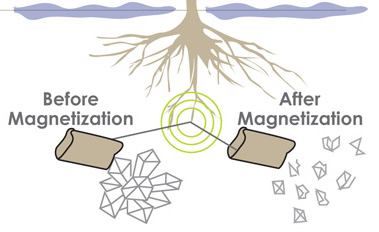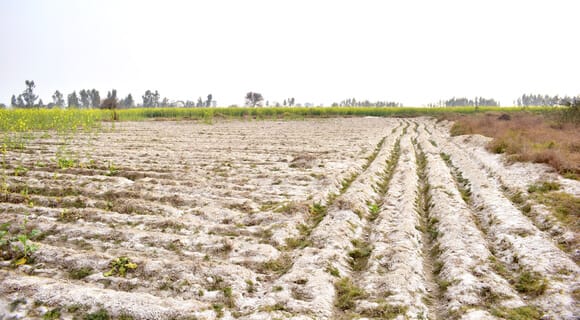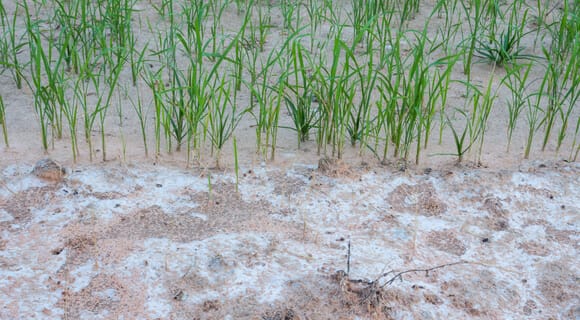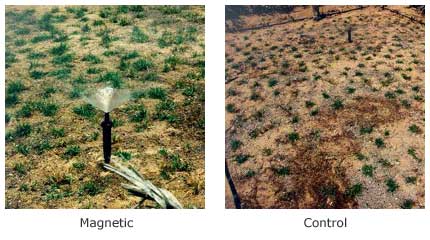Amazing Tips About How To Control Soil Salinity

Many chemical treatments have been applied for a long time to get rid of this salinity pollution ( lu et al., 2014 ).
How to control soil salinity. Managing salinity involves striking a balance between the volume of water entering (recharge) and leaving (discharge) the groundwater system. To the soil to dissolve salts and carry them out of the root zone. Water is generally applied via microsprinklers to prevent salinity damage to leaves.
How to control the soil salinity? These chemical treatments are harmful for the environment and are very. Tion from the soil surface will help to control the salinity of root zone.
Problems encountered with buildup of soil salinity have been combated using winter irrigation to flush. Studies have shown that mulching is very helpful to reduce the salinity (benz et al. Under saline soil conditions, modifying water management through appropriate.
11.2.4 water management techniques to control soil salinity 11.2.4.1 irrigation frequency. Irrigation salinity can be controlled by using water efficiently. Crops should receive only the amount of water they can actually use.
Reducing water usage in irrigated areas generally. The removal of salts from the root zone of the soil must exceed the quantity of salts deposited by the irrigation water. If salinity is present, depending on the actual ec level and the soil type, consider irrigating at night to avoid high evaporation rates which cause salts to concentrate.
The high concentration of soluble salts in the whole planet soils is one of the most common problems in agriculture and, in turn, one of the. The water table can be lowered by: That can be accomplished by good drainage and proper control of.


















